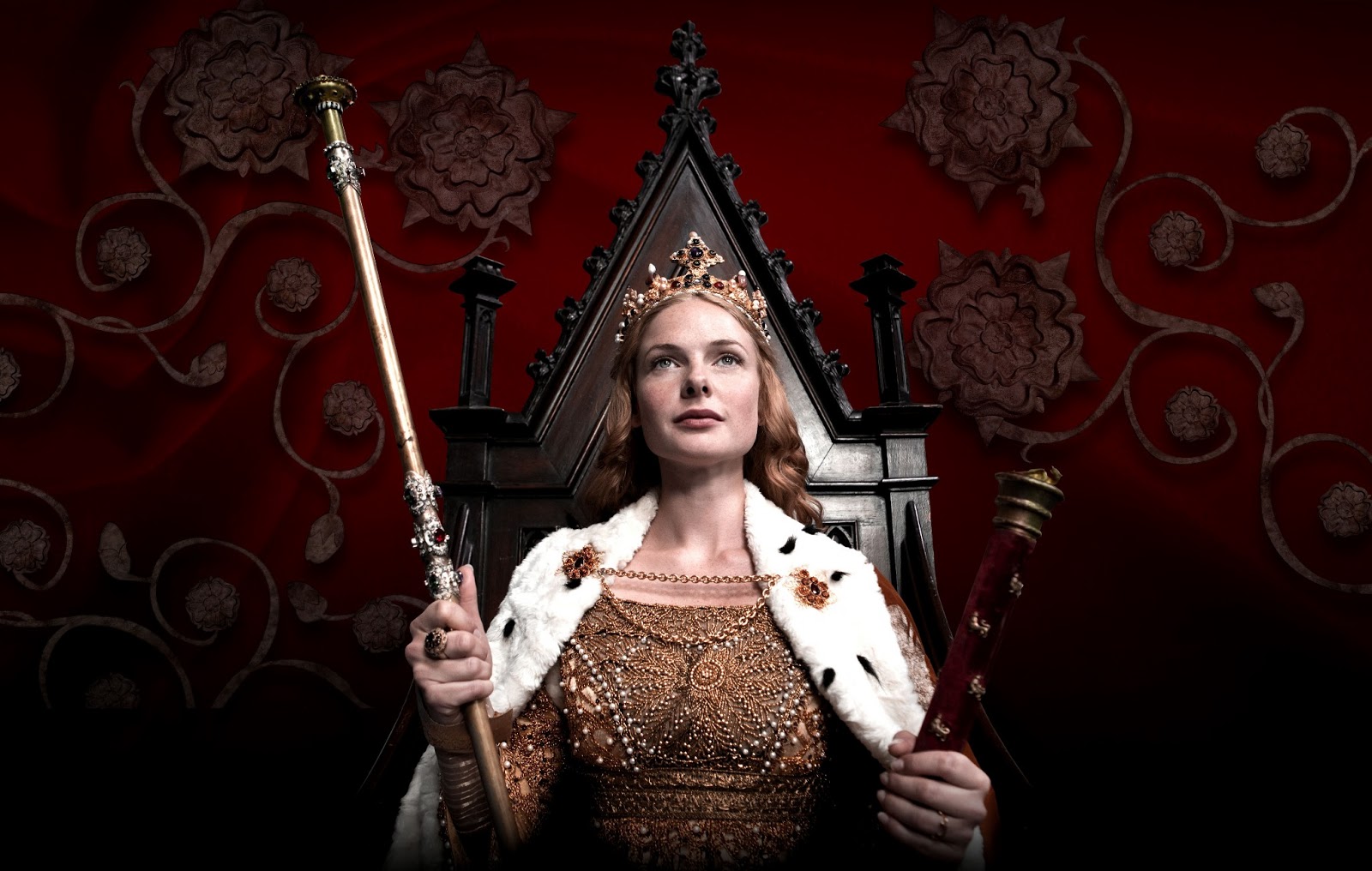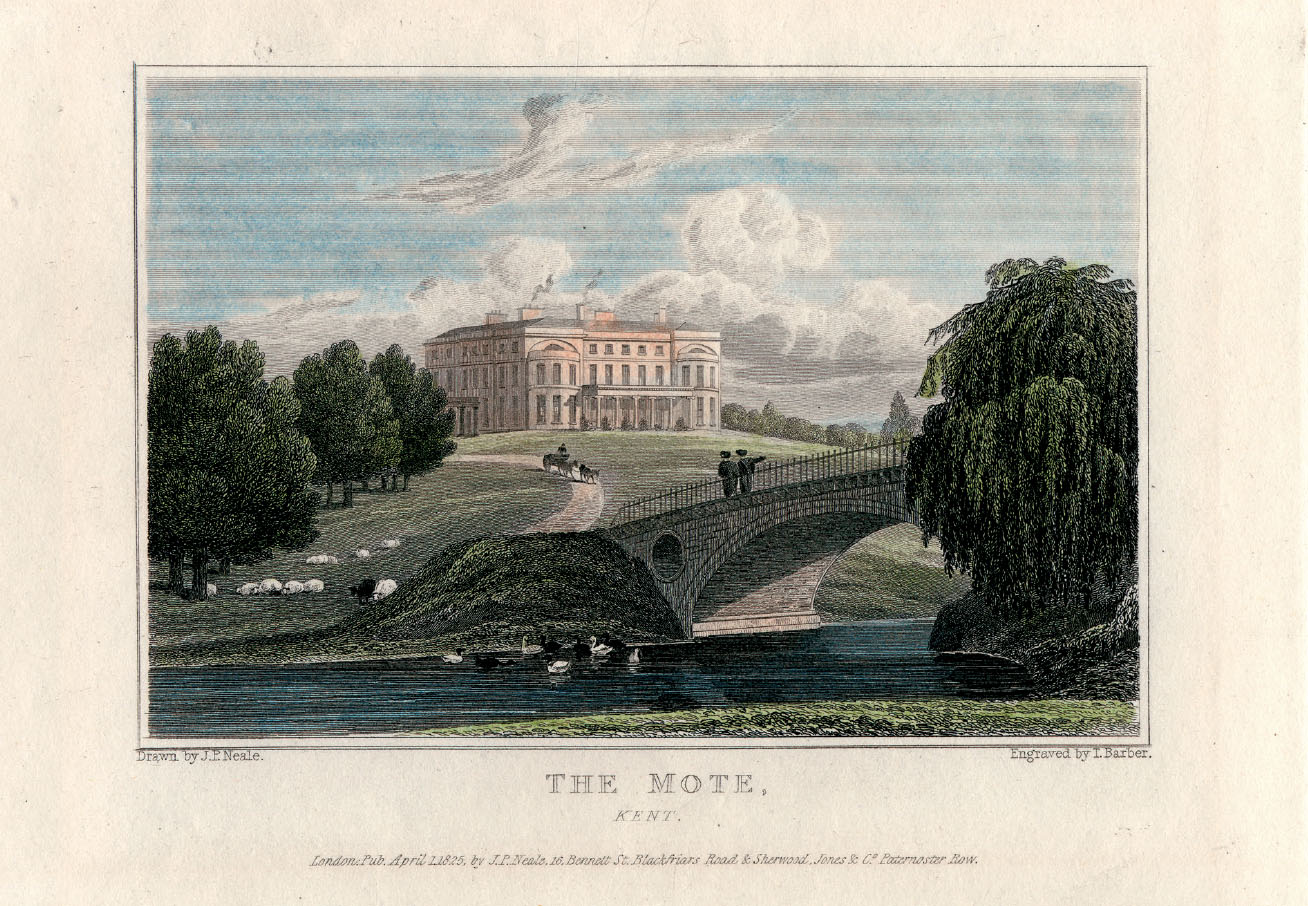History of Mote Park
If you would like to learn more about the history of Mote Park, please join us on one of our History of Mote Park Walk / Talk events that take place throughout the year. Details are on the list of events.
Mote Park's name comes from the Old English word moot meaning "meeting place" which, when viewed with the nearby Penenden Heath (a venue for Middle Age shire moots), indicates it used to be of great administrative importance.
At some time during the late 12th Century or early 13th, the area was incorporated into emparked grounds stocked with deer with a castellated mansion house at its core.
1370 - The Royal Connection
Mote Park was purchased by the Woodville family from Grafton in Northamptonshire in 1370 which signalled the park's incorporation into British monarch history.
King Henry V ordered over 7,000 cannonballs to be made from ragstone, mined under Maidstone & Mote Park, which were to defend against France in 1419.

Elizabaeth Woodville married King Edward IV in 1464 resulting in the park becoming a possession of the royal family; the couple gave birth to The Princes In The Tower and were featured in the BBC series The White Queen. Angered by the marriage, the 16th Earl of Warwick, Richard Neville (aka The King Maker), raided the park in 1468.
The Woodville family continued to claim the land as their own during the future reigns of Richard III and Henry VIII, who later visited the park with Anne Boleyn on 17th July 1531 prior to their marriage.
1690 - The Marsham Revival
The land was sold to Sir Henry Wyatt of Allington Castle in 1492, who bequeathed the land to his grandson Sir Thomas Wyatt in 1524. After his beheading for treason, the land returned to the crown under Queen Elizabeth before being sold in 1690 to the Marsham family who later became the Lords Romney.

The Marsham family greatly improved the estate, especially the grounds by redesigning the gardens in an Anglo-Dutch style as shown in the engraving by Johannes Kip in 1750.
King George III & Prime Minister William Pitt visited Mote Park in 1799 to inspect 5,228 soldiers of the Kent Volunteers, a local militia training to defend the country from a possible invasion from France led by Napoleon I.
After the inspection, leftover food given to 600 of Maidstone's poorest families. The volunteers pavilion was erected in 1801 by the volunteers themselves to commemorate the occasion.
1800 - Redevelopment and Expansion
Mote House, the mansion at the heart of the park, was demolished in 1793 and rebuilt by 1800. Designed by Daniel Asher Alexander, it coincided with the damming of the River Len to form the lake and the addition of internal roads, walls, a boathouse and a bridge over the lake.

All of these additions stretched the financial resources of the 3rd Baron Romney, Charles Marsham, until the Great Bridge over the lake was beyond repair. In the 1830s, the Great Bridge over the lake was demolished, the lake expanded to 30 acres and surrounding land purchased to extend the park further. This included some land adjacent to the Turkey Mill which was sold by James Whatman II in 1839 to create a 180 hectare estate.
The cricket ground was build on the West side of the park in 1857 and it hosted the first Mote Cricket Club match in 1859.
At its peak, Mote Park was mentioned in the Gardener's Chronicle in 1888 and was described as having extensive gardens, exotic plans and a walled kitchen garden including orangeries, vineries and a peach house staffed by 25 gardeners.
The estate was sold to the 1st Viscount of Bearsted, Marcus Samuel, in 1895 who subsequently expanded and improved the cricket facilities to host county cricket. Marcus Samuel went on to found the oil company Royal Dutch Shell.

1905 - First Of Many Uses
The park was used by the West Kent Imperial Yeomanry for training, as seen in the painting by Harry Payne in 1905.
The 2nd Viscount of Bearsted, Walter Samuel, sold the park to the Maidstone Borough Council in 1929 for £50,000 (approx £2.8m today) which also saw Mote House converted into an orphanage for the Caldecott Foundation from 1932 to 1941.
The British Armed Forces commandeered the park in 1941 as a headquarters and training facility for the mainland invasion before being used as offices for the Ministry of Agriculture, Fisheries and Food.
The Maidstone Model Engineering Society constructed the original model railway track in 1949 before extending it to its current form in 1961.

1949 also saw the visit of Winston Churchill who visited the Kent County Show, being held at Mote Park, to collect his winning rosette and cup for the 'cow in calf' competition.
1970 - The Park Today
1970 saw the tether car racing track next to the model railway close; it was the UK's last track. It used to hold the world record at nearly 155mph and you can watch a video of a car racing at Mote Park on the British Pathé News website.
Mote House was used as a care home for the disabled before being redeveloped as retirement apartments and cottages.
The park is registered with English Heritage as Grade II with the house itself listed Grade II*.
The park itself underwent major construction in 2011 to improve the park and return some of its historical views. Totalling £2.5m, the work was funded by a £1.8m grant from the Heritage Lottery Fund & Big Lottery Fund and £700,000 from the Maidstone Borough Council.
Hard work was rewarded in 2013 when it was awarded a Green Flag recognising the high standards in park management. In a public vote, Mote Park was voted the third best park in the UK - this was bettered in 2014 when it was voted second.

Follow Us